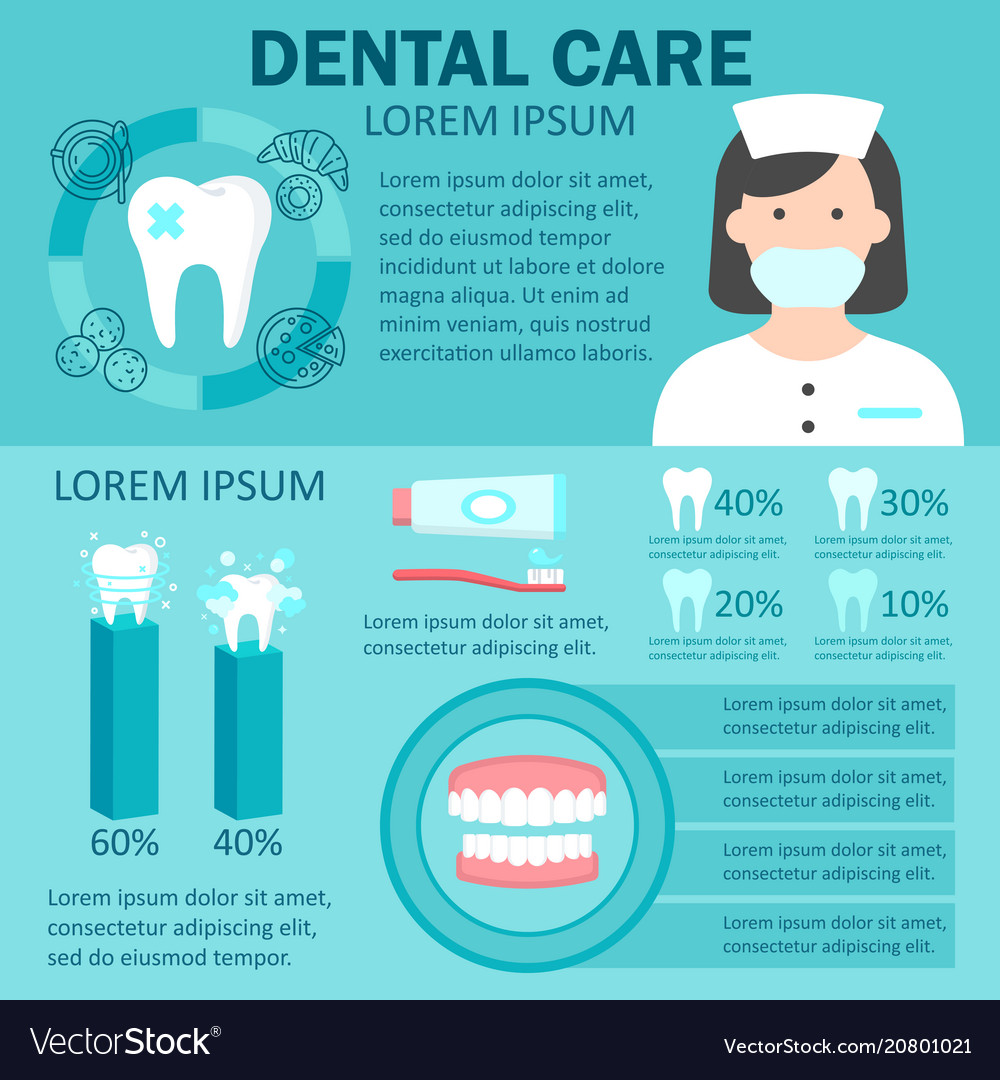Explore The Innovative Technologies That Are Transforming Dental Surgery. Discover What The Future Holds For This Field And Maintain On Your Own Informed. Click Now For An Unique View Of Upcoming Advancements
Explore The Innovative Technologies That Are Transforming Dental Surgery. Discover What The Future Holds For This Field And Maintain On Your Own Informed. Click Now For An Unique View Of Upcoming Advancements
Blog Article
Content Writer-Kokholm Jefferson
Welcome to the globe of oral surgery, where advancements and advances are forming the future of the area! In this interesting world, you'll witness the transformative power of robotics, the innovative marvel of 3D printing, and the game-changing impact of minimally invasive methods.
The future of oral surgery holds a pledge of accuracy, effectiveness, and enhanced client results. With the help of innovative robotics, cosmetic surgeons are able to execute complex treatments with greater precision and control.
3D printing technology is revolutionizing the development of oral implants and prosthetics, using customized remedies that fit flawlessly right into each person's unique anatomy.
Furthermore, minimally invasive techniques are lowering post-operative pain and recovery time, allowing individuals to return to their lives quicker.
Get ready to discover the interesting innovations and advancements that are improving the landscape of dental surgery!
Improvements in Robotics
One major improvement in oral surgery is using robotic modern technology, which enables specific and effective surgical procedures. With the help of robotic systems, oral doctors have the capability to execute complicated surgeries with improved precision, lessening the danger of human error.
These robot systems are equipped with advanced imaging modern technology and precise instruments that make it possible for cosmetic surgeons to navigate with complex anatomical structures effortlessly. By using robotic innovation, cosmetic surgeons can achieve greater medical precision, resulting in improved individual outcomes and faster recuperation times.
In addition, the use of robotics in oral surgery allows for minimally invasive treatments, minimizing the injury to bordering tissues and promoting faster recovery.
3D Printing in Dental Surgery
To improve the area of dental surgery, you can check out the subtopic of 3D printing in oral surgery. This ingenious innovation has the potential to change the way oral specialists operate and deal with patients. Here are 4 vital methods which 3D printing is forming the area:
- ** Customized Surgical Guides **: 3D printing enables the creation of highly accurate and patient-specific surgical overviews, boosting the precision and performance of procedures.
- ** Implant Prosthetics **: With 3D printing, dental specialists can produce tailored implant prosthetics that completely fit a person's special anatomy, leading to far better outcomes and client contentment.
- ** Bone Grafting **: 3D printing makes it possible for the production of patient-specific bone grafts, lowering the demand for typical grafting strategies and boosting healing and recuperation time.
- ** dental bridge austin and learning and Training **: 3D printing can be made use of to develop reasonable surgical designs for instructional functions, enabling oral cosmetic surgeons to practice complex treatments prior to executing them on people.
With get redirected here to boost precision, modification, and training, 3D printing is an amazing advancement in the field of dental surgery.
Minimally Invasive Strategies
To better advance the field of oral surgery, accept the capacity of minimally invasive techniques that can significantly profit both specialists and individuals alike.
Minimally invasive strategies are reinventing the field by reducing surgical injury, reducing post-operative discomfort, and increasing the recovery process. These strategies entail using smaller sized lacerations and specialized instruments to perform treatments with precision and effectiveness.
By utilizing advanced imaging innovation, such as cone beam calculated tomography (CBCT), surgeons can properly intend and perform surgeries with marginal invasiveness.
Furthermore, the use of lasers in dental surgery permits specific tissue cutting and coagulation, leading to minimized blood loss and minimized healing time.
With minimally intrusive strategies, people can experience quicker recuperation, minimized scarring, and enhanced outcomes, making it an essential aspect of the future of oral surgery.
https://cesaregjln.topbloghub.com/39350243/preventative-dental-care-is-crucial-for-your-child-s-oral-health-find-the-crucial-actions-you-can-take-to-ensure-their-bright-healthy-and-balanced-smile-withstands , as you can see, the future of dental surgery is exceptionally encouraging, with amazing advancements and advancements forming the area.
From the innovations in robotics to making use of 3D printing and minimally invasive methods, dental specialists are revolutionizing the way they offer treatment.
While some may worry about the prospective cost associated with these innovations, it is essential to remember that these modern technologies ultimately improve individual outcomes and reduce recuperation time, making them well worth the investment in the future.
